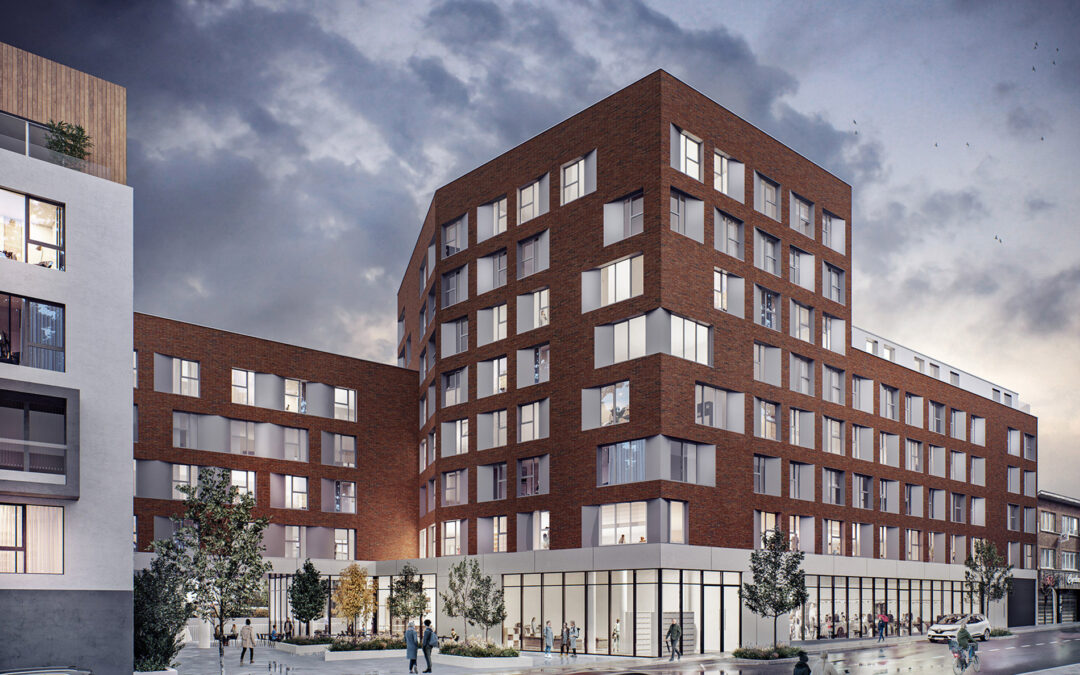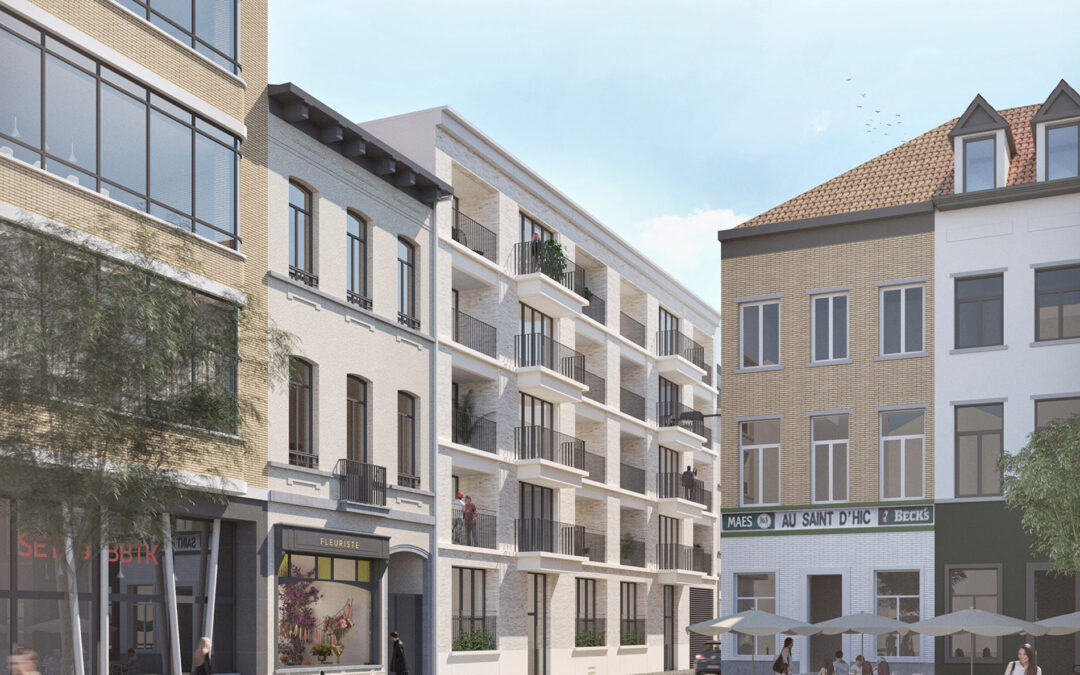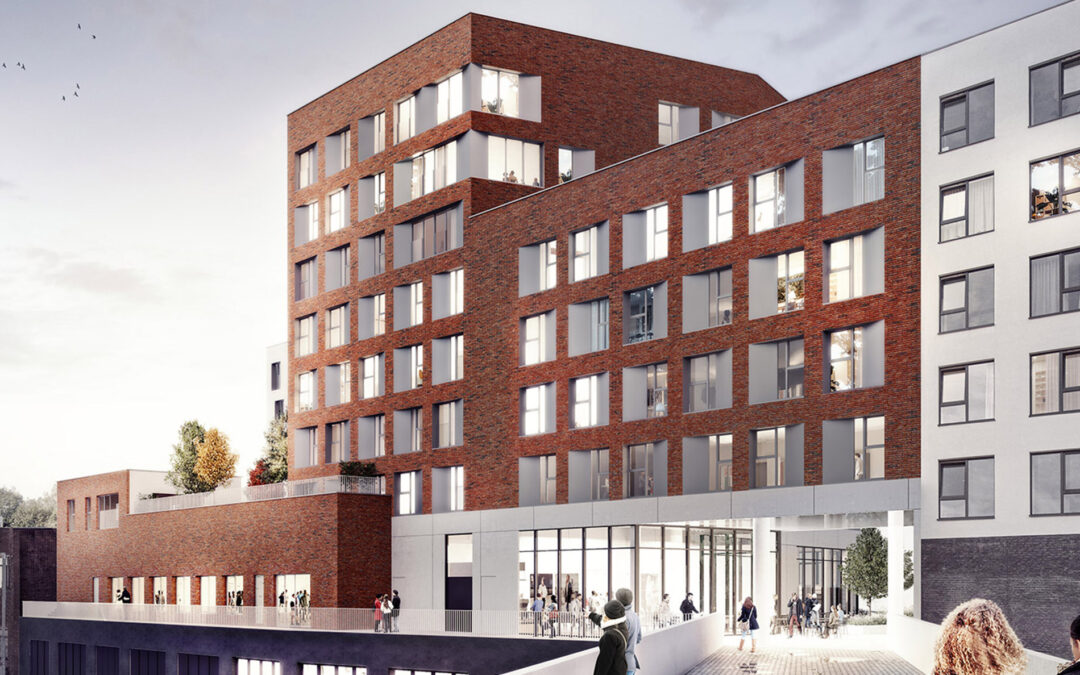With the implementing decrees for the Climate and Resilience Law soon to appear, Abdelkrim Bouchelagem gives us his perspective on the No Net Land Take Objective and the means of achieving it. Who better than the Director General of Brownfields to talk about it, as that has been the mission of the company since its creation.
Will the Climate and Resilience Law prevent the use of natural areas in France?
Abdelkrim Bouchelaghem : I don’t believe so, there will always be a need to use natural, agricultural and forestry areas (ENAF). According to State statistics, we have used over 20,000 ha/year of natural, agricultural and forestry areas (ENAF) in the last decade. Knowing that 68% of these areas are sealed against housing, something we sorely need, we are faced with a dilemma. A dilemma, I think, taken into account by the Climate and Resilience Law, which clearly refers to a No Net Land Take objective, that is to say being able to take into account compensation measures (e.g. rewilding of developed spaces) in exchange for a certain amount of natural, agricultural and forestry area (ENAF) consumption. Moreover, things will progress gradually, with almost 30 years to reach the zero net land take objective.
What do you make of the time-scale and method?
A.B. : The law already provides for two deadlines. 2030 to cut land take in half. 2050 to achieve no net land take. It seems realistic to me, bearing in mind that we have a long road ahead. Indeed, we’ve all grown up with the impression that France is a big country with plenty of space available for our development, which is not altogether false when compared with other European countries, many much less fortunate than us. It is now necessary for us to learn to use natural, agricultural and forestry areas reasonably and with restraint, as a limited resource which should be sustainably protected.
Today, now that the Climate and Resilience law has been passed, I hear a lot of people say “stop everything”. No, this is where we start everything! First and foremost, we need to ask the right questions. How can land take be measured correctly, at what levels, what are the priorities, what quotas are needed… The latter need to be ambitious without hindering construction (housing, business parks, infrastructure, etc.) which is necessary to meet the needs of the country.
Three scales are planned to identify the reduction in use of natural, agricultural and forestry areas based on the Climate and Resilience Law. Regions will establish their trajectory via the SRADDET [regional development plan], then territories via the SCOT [territorial cohesion plans] and municipalities via the PLU [local urban planning schemes]. It will be rather complicated to implement and will certainly lead to some difficult trade-offs between the different levels. But it will all come down to planning.
Is densification the solution?
A.B. : Yes. It is necessary to limit urban sprawl and increase existing density. But here too, it’s not a question of employing an all or nothing approach, of building high-rise constructions in the city centre and prohibiting detached dwellings in suburbs. That’s not what the French people want, nor their elected representatives. It is more a question of employing a reasoned approach to density, that some call “acceptable” or “successful”. This densification must also go hand in hand with an environmental restoration aspect, which is also required under the Climate and Resilience Law. These aren’t contradictory concepts at all. It is possible to increase density and decrease land sealing. The environmental restoration and revegetation are also subjects that are closely linked to our activities to reconvert urban wastelands.
There is a lot of talk about the role of brownfield sites to achieve the No Net Land Take objective…
A.B. : Yes, they are one of the best assets towns have in achieving no net land take. At least for the cities that have a lot of wasteland. Indeed, it is a fair comeback for those cities that have experienced deindustrialisation and in this way they should be able to find renewed appeal.
Brownfields is proof of this with 136 sites reconverted, mainly into urban areas, since its creation in 2006. As Patrick Viterbo said in his last interview, we are a net negative land take company. To date, Brownfields has facilitated the preservation of 665 hectares of natural area. So, yes, wasteland is one of the ways to make progress. The government has understood this as it has twice extended the “wasteland funding”, which was intended to stimulate construction. But that’s not all. Other focus areas have also contributed to achieving the objective: conversion of offices into residential housing, reversible building design, restriction of large retail areas, densification of urban areas…
Developers are struggling to find land. Won’t the Climate and Resilience Law exacerbate this issue?
A.B. : Yes, unfortunately land is becoming increasingly scarce. There are industrial wasteland sites, infill sites. And after that? We need to lose the mindset of finding land and move onto making land. That’s what we’re doing at Brownfields by building on all types of urban wasteland (industrial, hospitals, commercial, etc,). But we are also developing other more innovative projects such as slab construction over a bus depot in the heart of Paris, or converting a single story hypermarket into 400 homes over seven floors with a commercial ground floor. To find land in an urban area, complexity is inevitable. There are no more easy sites.
Do we have the resources and expertise to do that?
A.B. : Yes, absolutely. At Brownfields we are proud and fortunate to have a wealth of technical expertise in-house to ensure the project management of our operations in conversions (asbestos removal, demolition, decontamination), as well as in design and construction. Financial engineering is also a key element in making land. Without our equity and the support of our investment partners, we would not be able to carry out the operations that we do. We wouldn’t have been able to develop the projects that I just mentioned.
What else can be done to achieve No Net Land Take?
A.B. : I hear some players are committing to net zero by 2030. That’s great. Everyone needs to get involved in the efforts to prevent land take. For Brownfields, it’s been our vocation since 2006. Even if we are already in no net land take, that doesn’t prevent us from wanting to do more. We continue to push forward in our high-impact company approach. We have committed to a number of ESG undertakings (Environmental, Social and Governance, editor’s note) in terms of low carbon, stopping land sealing, recycling, etc. To keep these commitments, we rely on our integrated model, our ability to be agile, innovate, find the right solutions and the right partners…



